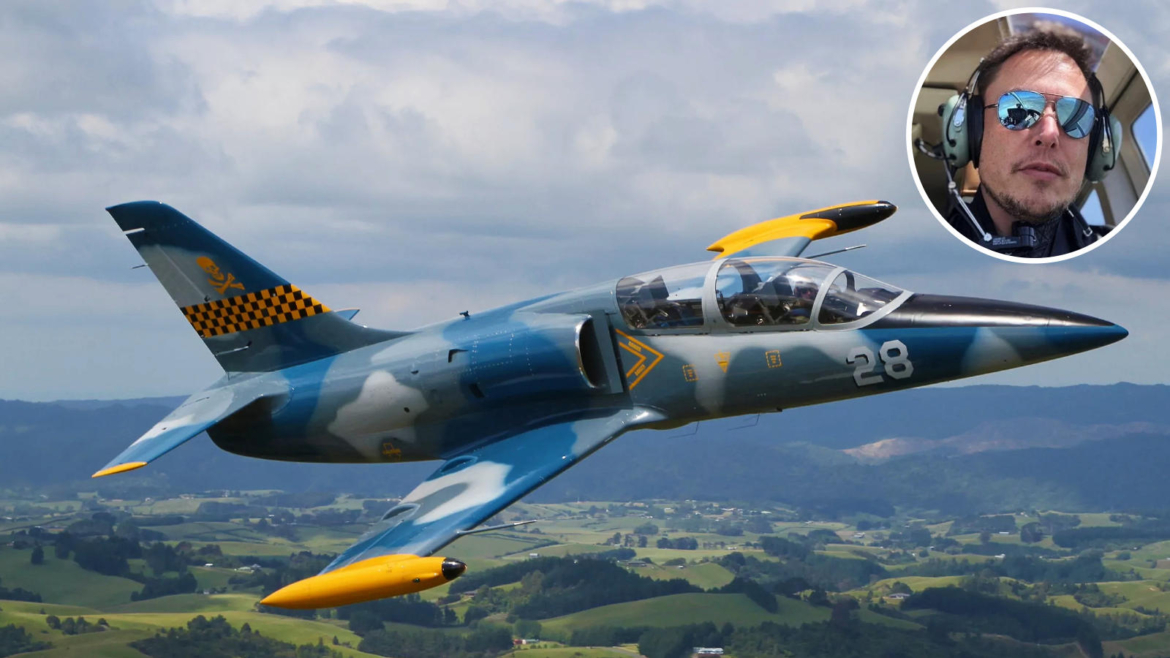Elon Musk, the billionaire entrepreneur behind SpaceX and Tesla, has long been known for his fascination with high-speed travel, whether on the ground, in the air, or beyond Earth’s atmosphere. During the early 2000s, at a time when he was laying the foundations of his space exploration and electric vehicle companies, Musk also indulged in one of his most exhilarating personal hobbies—flying high-performance aircraft. Among the planes he owned, the one he described as “the most fun” was the Aero L-39 Albatros, a Soviet-era military jet trainer.
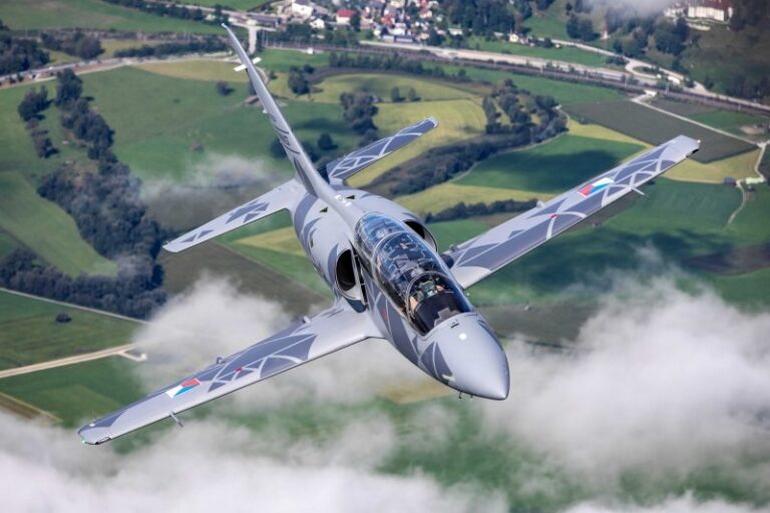
The Aero L-39 Albatros was originally developed in Czechoslovakia as a training aircraft for Soviet and Warsaw Pact military pilots. Designed to bridge the gap between basic flight school and full-fledged fighter jets, the L-39 was widely used by air forces throughout Eastern Europe. It was equipped with a Ukrainian Ivchenko AI-25TL turbofan engine and Russian avionics, giving it the capability to perform advanced aerobatic maneuvers. Musk’s L-39 was not just any military surplus jet—it was an aircraft built for high-intensity training, capable of enduring extreme forces.
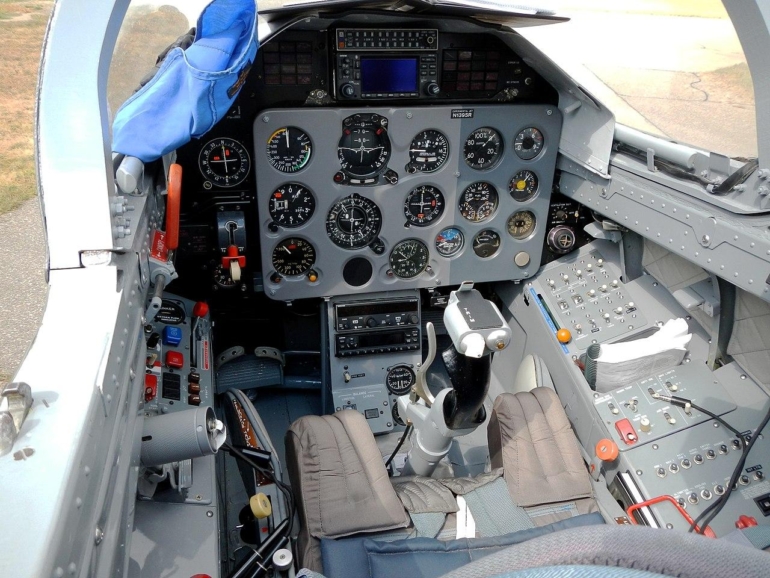
“Probably the most fun plane I have is a Russian fighter jet,” Musk told Fortune magazine in an October 2003 interview. “It has a Czech air frame, a Ukrainian engine, Russian avionics. It’s what they used to train their fighter pilots on, so it’s incredibly acrobatic.” However, as thrilling as it was, the jet came with its own challenges. Musk noted that the seats were particularly uncomfortable for long flights, saying, “Your butt hurts if you fly in it for more than an hour.”
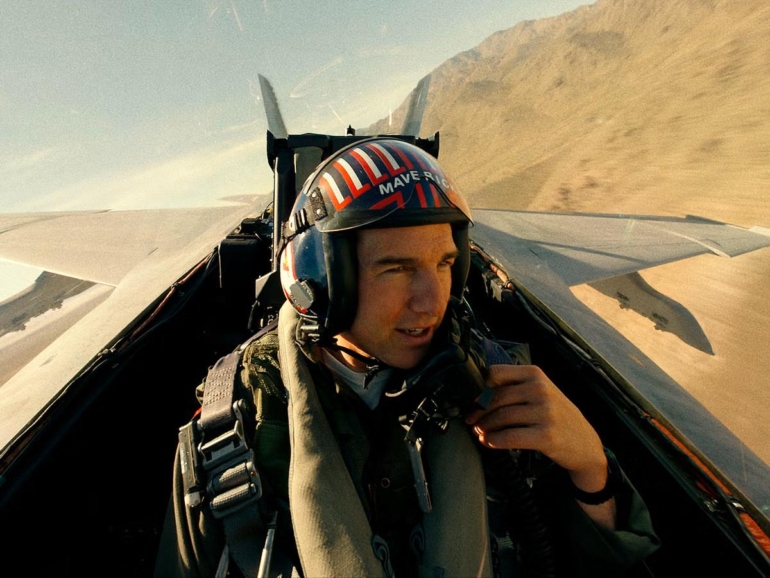
One of the most remarkable aspects of Musk’s L-39 flights was his ability to withstand extreme gravitational forces. The L-39 is capable of pulling up to eight times the force of gravity, or 8 Gs. For comparison, the F-14 Tomcat (the jet piloted by Tom Cruise’s character in Top Gun) was designed to withstand 7.5 Gs.

Despite the L-39’s higher threshold, Musk typically limited his flights to around 5 Gs to avoid blacking out.“You can do eight Gs in that plane,” he said in the Fortune interview. “You pretty much need a G-suit, or you could black out. I might go up to five, but that’s the most. Five Gs means that’s five times your body weight. It’s pretty hard to move. You feel very heavy. Your cheeks are being sucked down. If you maintain five Gs for too long, it’s very hard to concentrate. You start seeing red dots.”
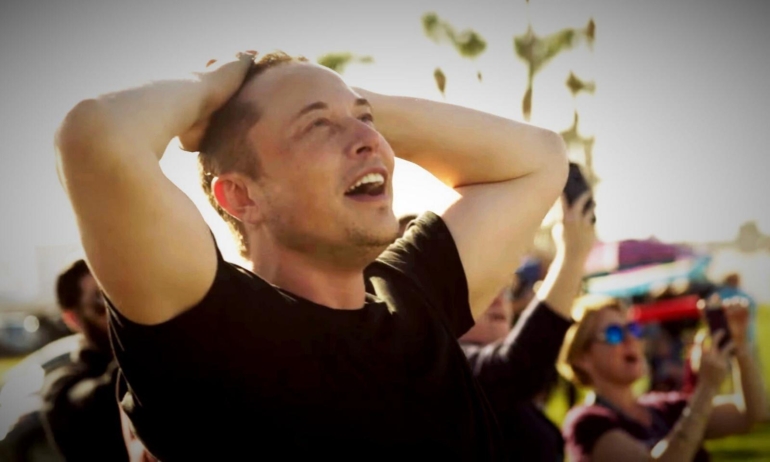
Despite the physical strain, Musk thoroughly enjoyed pushing the aircraft to its limits. In one of his most thrilling experiences, he participated in a tail chase with another L-39 over the Nevada desert. The two jets maneuvered at low altitudes, closely following the contours of the mountains. “Literally, it was just like in Top Gun,” he recalled. “You’re no more than a couple of hundred feet above the ground, following the contour of the mountains.” The flight also included a dramatic vertical climb up a mountain, followed by an inversion at the peak before diving back down—a move that would have tested the skills and nerves of even the most seasoned pilots.

However, Musk eventually decided to give up flying the L-39 due to its risks. While the jet was designed for military training, it was still a Cold War-era aircraft, and he began to have doubts about its reliability. “I was like, man, this was made by some Soviet technician, and maybe they tightened the bolt right, or maybe they didn’t,” he admitted in The Space Barons: Elon Musk, Jeff Bezos, and the Quest to Colonize the Cosmos by Christian Davenport. As his responsibilities at SpaceX and Tesla grew, Musk also realized that piloting such an aircraft was not worth the danger. “Not a lot of redundancy. It was like, ‘This is crazy. I’ve got kids. I have to stop doing this.’”

By 2008, Musk had stopped piloting altogether, citing both safety concerns and his increasingly demanding workload. He explained in a live chat with The Washington Post, “I have to work when I fly and have too many thoughts in my head to pay the necessary attention to the plane—I can be absentminded at times, which is a really bad habit for a pilot.”

Though he no longer flies jets himself, Musk continues to travel extensively. Today, he primarily relies on a Gulfstream G650ER, a long-range business jet that allows him to traverse the globe efficiently. The G650ER, known for its speed and luxury, has been Musk’s preferred mode of travel for years.

However, his fleet is set to expand with the upcoming addition of a Gulfstream G700, an even more advanced aircraft that boasts a longer range, improved fuel efficiency, and a more spacious cabin. While his L-39 days are behind him, Musk’s penchant for cutting-edge aviation remains very much alive, whether in the form of private jets or SpaceX’s ambitious vision for interplanetary travel.
